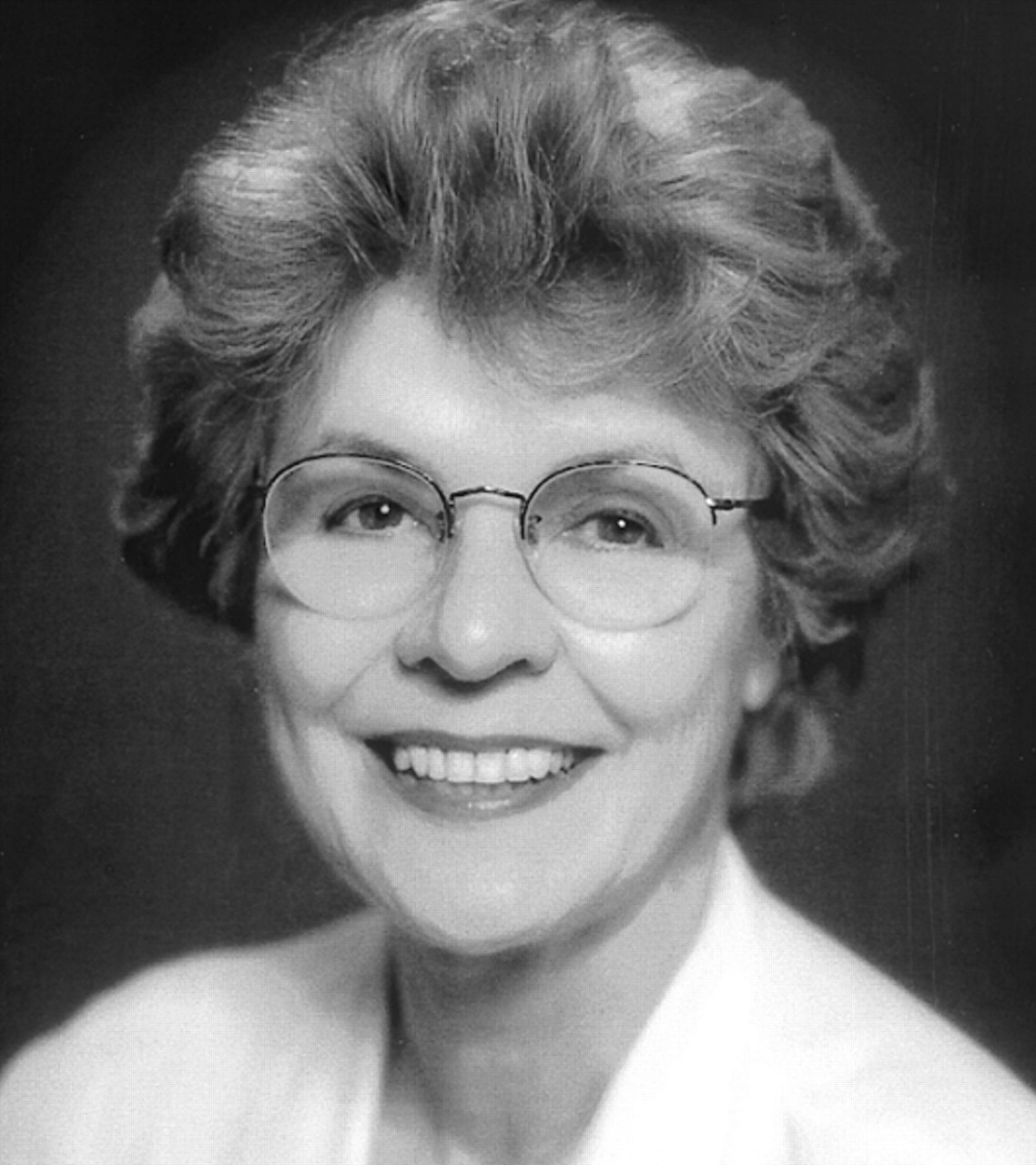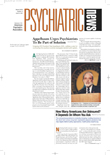I begin this year, assuming the responsibilities of APA president, fortunate to have the organizational stability championed this past year by the leadership of Dr. Paul Appelbaum, supported by the Board of Trustees. We are in a strong position to proceed with our mission: advocating for patients and our profession.
The recent APA annual meeting in San Francisco was remarkably rich with information about the advances and emerging knowledge in neuroscience. Speakers presented fascinating data about neurotransmitters such as GABA and glutamate, mirror neurons, the limbic system, catecholamines, and neurosteroids. We are beginning to understand linkages to clinical practice. One example is a possible neurobiological understanding of the aggressive and fearful reactions of people with borderline personality disorder; reduced activity in the prefrontal cortical control areas may make those parts of the brain less able to modulate the observed overactivity in subcortical areas such as the amygdala and hypothalamus.
The advances in genetics, neuroscience, and developmental psychology are proceeding at an exponential pace! New imaging techniques allow us to observe neurochemical and neurotransmitter interactions and interconnections as never seen before. These developments are so exciting that we must constantly remind ourselves not to lose sight of the whole patient and the complex interactions between nature and nurture.
Why am I dedicating this, my first, presidential column to these issues? I do so because I see this as a pivotal time in the history of psychiatry. We must as a profession ensure that our enlightenment by scientific advances and increasingly effective treatments does not cause us to lose sight of the psychosocial, cultural, and psychological factors whose understanding is critical to the effective delivery of our knowledge.
It is hard to imagine that there was a time when our only available treatments were wet packs, insulin, and ECT. Psychotherapeutic approaches in the past hoped to relieve the symptoms of major mental illnesses through insight and making the unconscious conscious. Battles were waged around the question of whether etiology was biological or psychological. Fortunately, we have come a long way from these destructive encampments. Today we have psychoanalysts including functional MRIs in their outcomes research. It is a rare psychotherapy practice that does not integrate psychopharmacologic treatment. Neurobiologists are attuned to the consequences of stress as it affects the neurosteroids with subsequent impact on neuronal excitability. However, human nature being what it is, there is always a pull toward polarization rather than synchrony.
There is no “either-or” for modern psychiatry. Both nature and nurture are diagnostically and therapeutically relevant. In the 1999 book The Feeling of What Happens: Body and Emotion in the Making of Consciousness, Antonio Damasio hypothesizes a process in which “the biological machinery for emotions is largely preset, the inducers are not part of the machinery, they are external to it. . . . In all probability development and culture superimpose the following influences on the preset devices: first, they shape what constitutes an adequate inducer of a given emotion; second, they shape some aspects of the expression of emotion, and third, they shape the cognition and behavior which follows the deployment of an emotion.”
The challenge to psychiatric skills lies in working to heal the processes described by Damasio and at any one of a number of the junctures he cites. We can utilize our current knowledge about neurocircuitry and neurobiological processes to better understand goal-directed behavior, as well as the stress that disrupts it, and those factors that enhance or derail it. Our ultimate objective is to create a unified whole in our psychiatric world with a truly biopsychosocial approach to both diagnosis and treatment.
We’ve come a long way from the days when we could only observe behaviors and appreciate our patients’ affects as we listened to their stories. However, we still have a long way to go, and it is essential that all the members of our profession travel that road together. ▪

